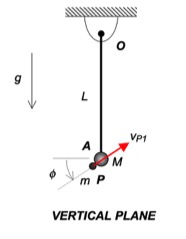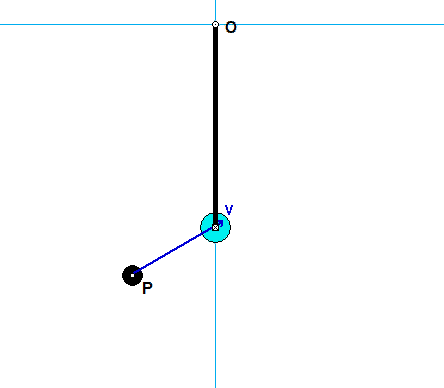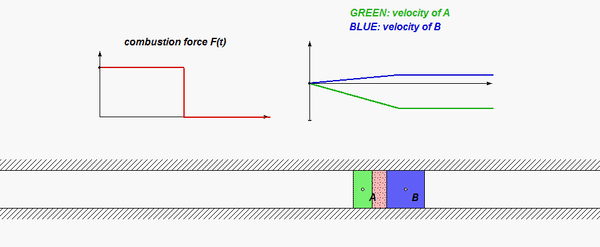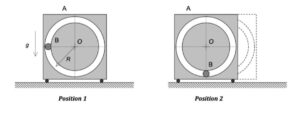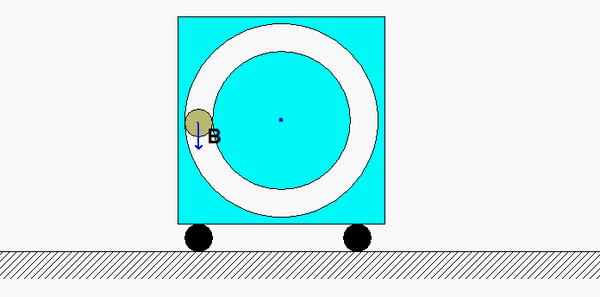| Problem statement Solution video https://www.youtube.com/watch?v=PqZG536oRfg |
DISCUSSION THREAD

Ask and answer questions here. You learn both ways.
DISCUSSION and HINTS
This is a standard problem for the central impact of two bodies.
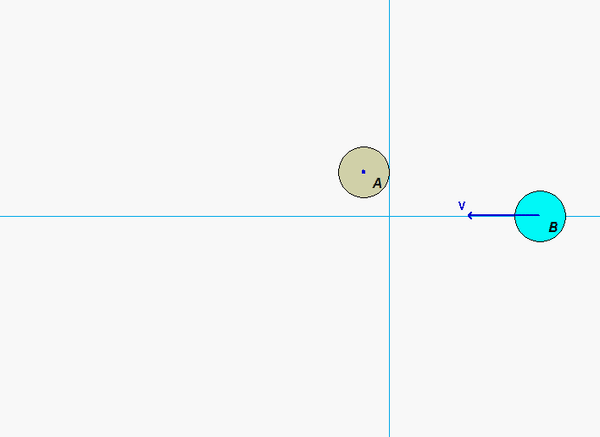
Recall the following four-step plan outline in the lecture book and discussed in lecture:
Step 1: FBDs
Draw three free body diagrams (FBDs): one of A alonw, one of B alone and one of A+B. Identify the n- and t-directions on your FBDs.
Step 2: Kinetics (linear impulse/momentum)
- In which directions, if any, is linear momentum conserved for A alone? For those direction(s), write down the appropriate momentum conservation equation.
- In which directions, if any, is linear momentum conserved for B alone? For those direction(s), write down the appropriate momentum conservation equation.
- In which directions, if any, is linear momentum conserved for A+B? For those direction(s), write down the appropriate momentum conservation equation.
- Recall that you also have the coefficient of restitution (COR) equation at your disposal. Keep in mind that the COR equation is valid for only the n-components of velocity.
Step 3: Kinematics
None needed here.
Step 4: Solve
From your equations solve for the n- and t-components of velocity of A and B.


